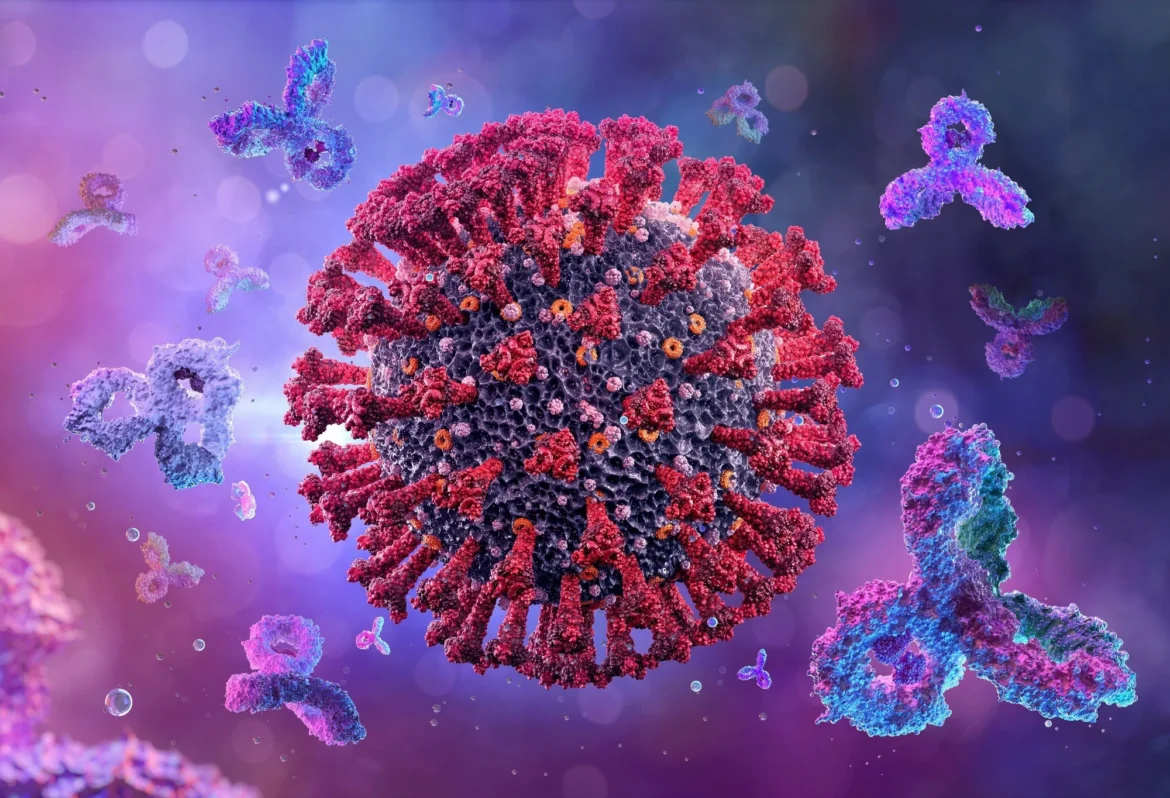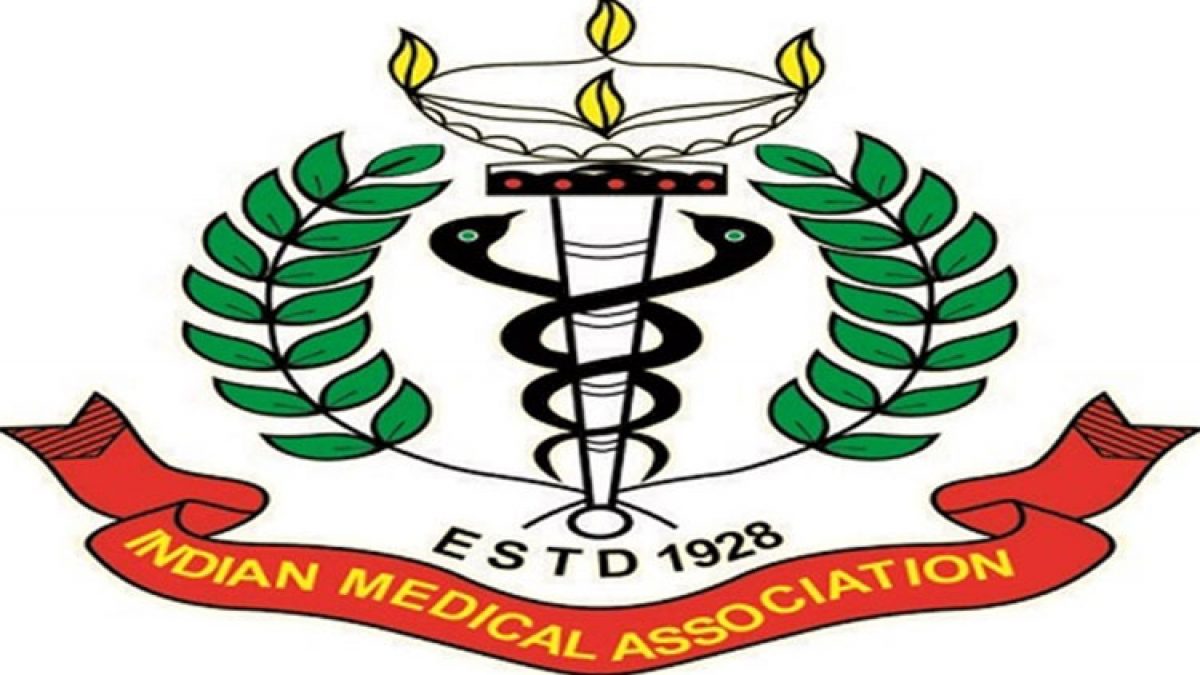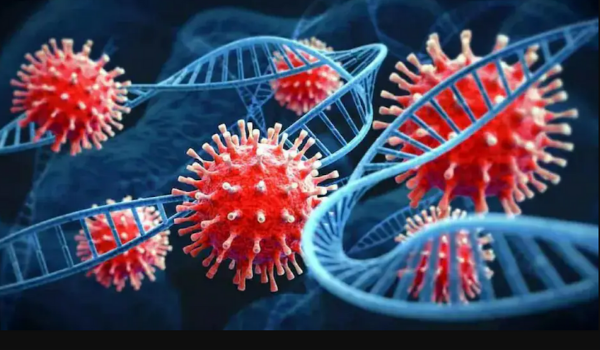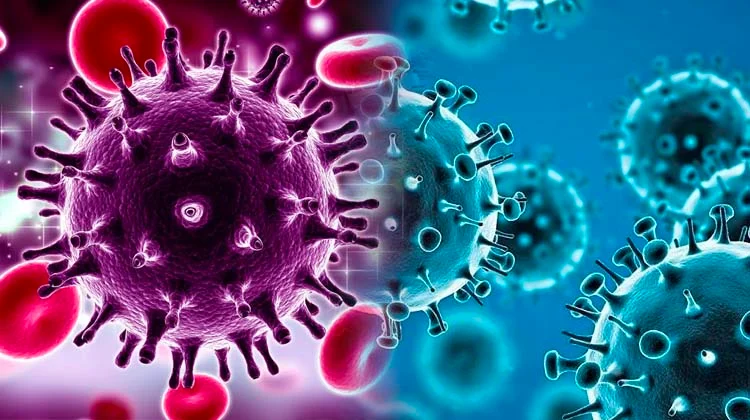Maharashtra is set to witness a significant transformation in its public health sector with the launch of the ‘ASHA Nirogi Maharashtra’ initiative. This ambitious program aims to empower the state’s 63,000 Accredited Social Health Activists (ASHA) workers by providing them with advanced training, digital resources, and innovative learning platforms. Recognizing the crucial role ASHA workers play in grassroots healthcare delivery, the government has designed this initiative to enhance their skills, improve efficiency, and strengthen the overall healthcare system.
The Role of ASHA Workers in Maharashtra’s Healthcare System
ASHA workers serve as the backbone of the public health system, primarily in rural and underprivileged areas. Their responsibilities include:
- Maternal and Child Health: Assisting in prenatal and postnatal care, ensuring safe deliveries, and educating mothers about nutrition and infant care.
- Immunization Programs: Facilitating timely vaccinations to protect children from preventable diseases.
- Disease Prevention and Awareness: Conducting awareness campaigns on tuberculosis (TB), malaria, HIV/AIDS, and other infectious diseases.
- Health Promotion: Encouraging community members to adopt healthy practices related to hygiene, sanitation, and nutrition.
Despite their essential contributions, ASHA workers often face challenges such as limited training, lack of recognition, and inadequate resources. The ‘ASHA Nirogi Maharashtra’ initiative aims to address these challenges by equipping them with the necessary skills and technological support.
Key Features of the ASHA Nirogi Maharashtra Initiative
The program is being implemented in collaboration with the State IEC Bureau, Maharashtra, and the IICARE Foundation. Some of the core elements of this initiative include:
1. Structured Training Programs
The initiative will provide structured, quarterly training workshops to enhance the knowledge and capabilities of ASHA workers. The training will focus on key healthcare areas such as:
- Maternal and child health
- Immunization and disease prevention
- Tuberculosis awareness and control
- General health promotion
- Handling emerging health challenges such as COVID-19 and vector-borne diseases
Dr. Kailas Baviskar, Deputy Director of Health Services, IEC Bureau, emphasized that training methodologies will be interactive and engaging, incorporating online courses, case studies, and role-play exercises to improve practical knowledge. Additionally, healthcare professionals, including doctors and nurses, will provide online guidance to ASHA workers.
2. Digital Skill Enhancement through I-Learn Platform
To ensure continuous learning, the Maharashtra government has developed the I-Learn digital platform. ASHA workers will have access to self-paced video modules covering essential topics such as:
- Maternal and infant care
- Sanitation and hygiene
- Immunization schedules and best practices
- Early detection and prevention of non-communicable diseases
The government will assess ASHA workers before and after training to evaluate their progress and the effectiveness of skill enhancement programs.
3. Mobile-Friendly Digital Resources
Recognizing the importance of easily accessible information, the initiative will provide ASHA workers with a comprehensive digital booklet in Marathi. This booklet will include:
- Guidelines on all government health programs
- Best practices in community healthcare delivery
- Information on epidemic prevention and emerging health threats
To ensure widespread reach, the booklet will be shared via WhatsApp, social media, and QR codes, making it convenient for ASHA workers to access updated information anytime, anywhere.
4. Real-Time Communication and Peer Learning
More than 55,000 ASHA workers have already been connected through statewide WhatsApp community groups. These groups will serve as real-time communication channels, enabling workers to:
- Seek immediate guidance from medical experts
- Share experiences and learn from peers
- Receive timely updates on health policies and disease outbreaks
To further enhance learning, ASHA workers will have access to monthly live webinars featuring top medical professionals and public health specialists.
5. Digitalization of Reporting and Data Collection
To replace traditional paperwork, an ASHA worker-specific mobile application is currently under development. This app will enable ASHA workers to:
- Digitally record and report patient data
- Track immunization schedules
- Receive alerts and reminders about upcoming health programs
Additionally, ASHA workers will be provided tablets to facilitate seamless data entry and reduce administrative workload, allowing them to focus more on patient care and community engagement.
Impact of the Initiative on Maharashtra’s Healthcare System
By strengthening ASHA workers’ skills and providing them with digital resources, ‘ASHA Nirogi Maharashtra’ is expected to bring about major improvements in public healthcare delivery. The expected benefits include:
- Increased Awareness and Early Detection: With better training and real-time updates, ASHA workers will be more equipped to detect health issues early and refer patients for timely treatment.
- Improved Maternal and Child Health Outcomes: Enhanced training on maternal care will lead to lower infant mortality rates and better maternal health.
- Stronger Immunization Coverage: Digital tracking of vaccinations will reduce missed doses and improve immunization rates.
- More Effective Disease Prevention: ASHA workers will play a crucial role in preventing the spread of infectious diseases through awareness campaigns and community engagement.
- Empowered ASHA Workforce: With better training, recognition, and access to resources, ASHA workers will feel more motivated and empowered to serve their communities.
Challenges and Future Prospects
While the initiative is promising, its success will depend on overcoming key challenges, such as:
- Ensuring Digital Access: Providing smartphones or tablets to all ASHA workers will be necessary for smooth implementation.
- Consistent Training and Updates: Regular refresher courses and updates must be ensured to keep ASHA workers informed about evolving health challenges.
- Community Awareness: Public participation and awareness campaigns will be critical to ensuring that people trust and engage with ASHA workers effectively.
Looking ahead, the Maharashtra government envisions expanding digital training modules and incorporating AI-driven data analytics to enhance decision-making and health intervention strategies. Integrating ASHA workers into telemedicine initiatives could also be a game-changer in providing remote healthcare consultations to underserved communities.
The ‘ASHA Nirogi Maharashtra’ initiative is a transformative step in strengthening Maharashtra’s public healthcare system. By equipping ASHA workers with advanced training, digital resources, and real-time communication tools, the initiative aims to improve health outcomes, increase efficiency, and build a more resilient healthcare infrastructure. With statewide support and continuous innovation, this program is poised to set new benchmarks in community healthcare delivery. As Maharashtra prepares to launch this initiative, the commitment to empowering ASHA workers stands as a testament to the state’s dedication to ensuring accessible, quality healthcare for all.














